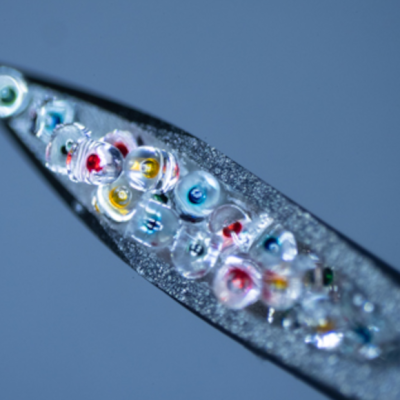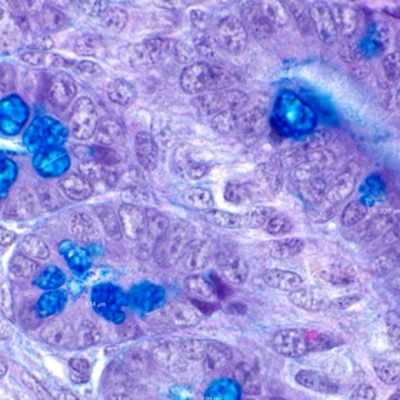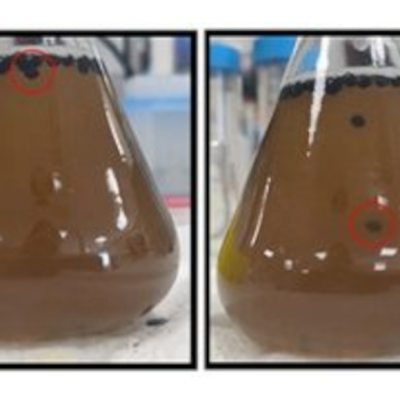Revolutionary Cancer Therapy with Silicon Nanoparticles
According to a study published in the Annals of Oncology, cancer is the leading cause of death in Germany, with approximately 240,000 people dying from the disease in 2023. Researchers at the University of California, Riverside (UCR) have described a new composite material that could significantly improve cancer therapy in the future. The innovative material consists of small silicon nanoparticles and an organic compound, similar to the material used in OLED televisions. It can convert low-energy light into high-energy light and accelerate energy exchange between two molecules.
The new material could potentially revolutionize cancer therapy by allowing high-energy light, such as ultraviolet laser light, to generate free radicals that attack cancer tissue in the patient’s body. However, UV light has not been able to penetrate deep enough into the tissue to generate radicals near a tumor. Near-infrared light can penetrate deep enough, but it lacks the energy to form free radicals. In experiments, the researchers were able to convert low-energy light into a higher-energy form using the new composite material. This “photon-upconversion” could potentially generate free radicals with UV light near a tumor in a cancer patient’s body.
The silicon nanoparticles also have many other potential applications, including increasing the efficiency of solar cells by about 30%. The material could also be used in bioimaging, light-based 3D printing, light sensors, and other applications that use infrared light. The researchers are excited not only about the potential applications but also about the ability to design a new class of composite materials. Composites are materials that behave differently than their base components when acting alone. This is one of the first times that researchers have been able to create a completely new material with its own properties by strongly connecting two extremely different substances.
In conclusion, the new composite material with silicon nanoparticles could potentially revolutionize cancer therapy by allowing high-energy light to generate free radicals that attack cancer tissue in the patient’s body. The material also has many other potential applications, including increasing the efficiency of solar cells and being used in bioimaging, light-based 3D printing, light sensors, and other applications that use infrared light. The researchers are excited about the potential applications and the ability to design a new class of composite materials.










